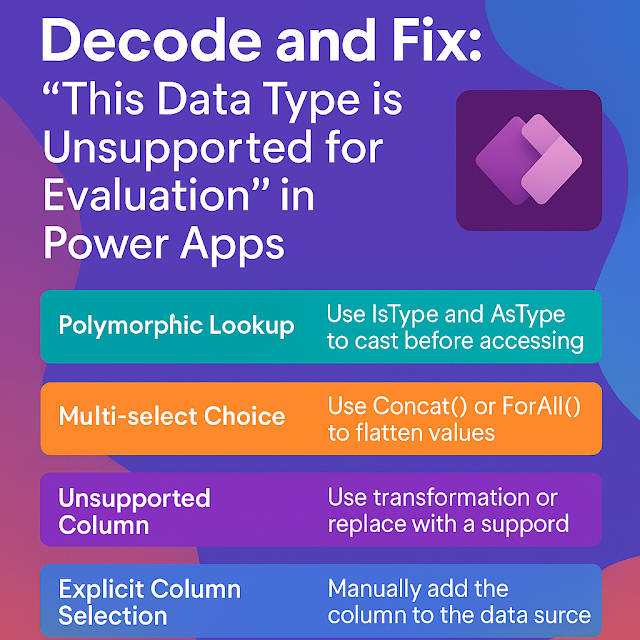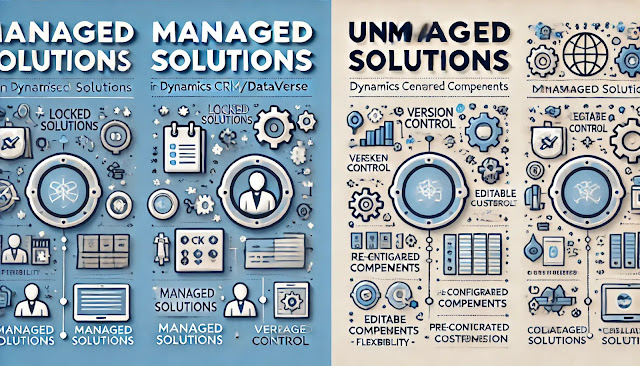Data Analysis Expressions (DAX) Demystified: Understanding Power BI’s Formula Language
Data Analysis Expressions (DAX) is a powerful formula language essential for unlocking the full analytical capabilities of Power BI and other Microsoft data tools. Designed by Microsoft, DAX is used to perform advanced data analysis and create sophisticated data models.
Where DAX is Used:
- Power BI
- Power Pivot (Excel)
- SQL Server Analysis Services (SSAS) – Tabular models
Though DAX shares a similar syntax with Excel formulas, it is far more powerful and optimized for working with relational data models and large datasets.
With DAX, we can create:
- Calculated columns
- Measures
- Custom tables
DAX formulas use a combination of functions, operators, and values to perform dynamic and complex calculations that enhance the depth of your data insights.
A functional language is a type of programming paradigm where computation is treated as the evaluation of mathematical functions. These languages focus on what to solve rather than how to solve it (which is typical in imperative languages like C++ or Java).
Key Characteristics of Functional Language:
- Pure Functions - Output depends only on input; no side effects.
- Immutability - Variables, once defined, don't change.
- Higher-Order Functions - Functions can take other functions as arguments or return them.
- Declarative Style - Focus on what to do, not how to do it.
- Recursion - Preferred over loops.
- Expressions over statements - Everything return a value.
How is DAX a Functional Language?
While DAX isn't a general-purpose programming language, it is functional in style.
So while DAX is not a "functional language" in the traditional sense like Haskell, it is built on a functional paradigm—using functions, expressions, and immutable data models.
Benefits of DAX
Reusability:- Once created, measures can be used across many visuals
Dynamic Calculations:- Automatically adapts to filters, slicers, and row-level changes
Built-in Time Intelligence:- YTD, MTD, QTD, YoY comparisons with ease
Context Awareness:- DAX understands and respects model relationships
High Performance:- Optimized with in-memory columnar storage (VertiPaq engine)
By using Data Analysis Expressions (DAX), you can add three types of calculations to your semantic model:
- Calculated tables
- Calculated columns
- Measures
DAX can also be used to define row-level security (RLS) rules, which are expressions that enforce filters over model tables.
Calculated tables:
A calculated table is a table created within Power BI using a DAX (Data Analysis Expressions) formula. Unlike tables imported from external sources, calculated tables are generated from expressions based on existing data in your model.
- A calculated table can't connect to external data;
- A calculated table formula must return a table object.
- Calculated table increase the model storage size and they can prolong the data refresh time.
Calculated Columns:
A calculated column is a column you add to an existing table in your Power BI data model by using a DAX (Data Analysis Expressions) formula. It is computed row-by-row based on data already loaded into the model.
- Useful when a value needs to be stored row-by-row.
- Can create new fields to join with other tables.
- Columns can be used in slicers, filters, visuals, and axes.
- Once defined, they behave like any other column in the model.
Measures:
A measure in DAX (Data Analysis Expressions) is a formula used to perform calculations on data within a data model. Measures are primarily used in Power BI, Excel Power Pivot, and Analysis Services to calculate aggregated results like sums, averages, counts, or more complex calculations.
- To show calculated results in charts, tables, or matrices.
- To display key performance indicators based on calculations.
- To summarize critical metrics.
- To break down complex data into meaningful insights.
DAX (Data Analysis Expressions) is a powerful formula language used in Power BI, Excel Power Pivot, and SQL Server Analysis Services (SSAS). It is specifically designed for data modeling and analysis, allowing users to create custom calculations and aggregated data in a dynamic way.













Comments
Post a Comment